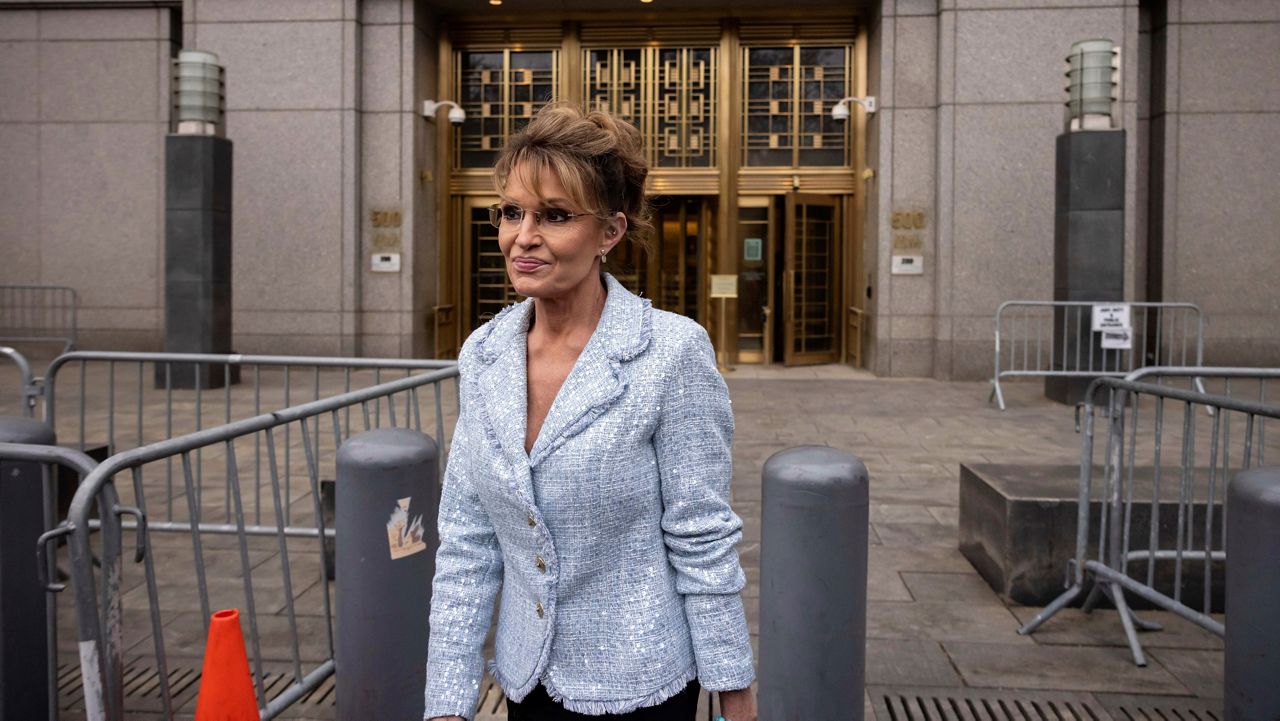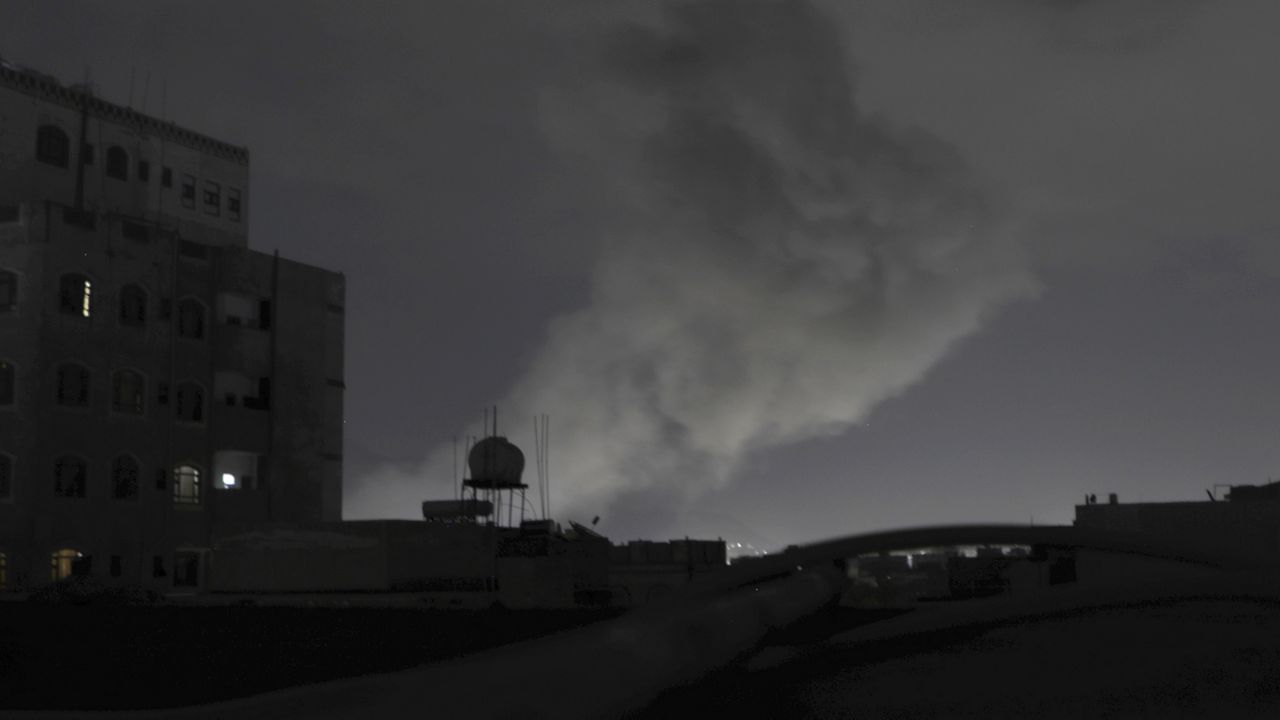Delighting his followers, and infuriating his detractors, Donald J. Trump is known for pushing boundaries. His 70-minute speech late Thursday at White House will likely only burnish that reputation as the Republican made the case for four more years by predicting a “destroyed” America if voters deny him it.
“This election will decide whether we will defend the American Way of Life,” he said, accepting the Republican presidential nomination, “or whether we will allow a radical movement to completely dismantle and destroy it. And it won’t happen.”
“Everything we have achieved is now endangered,” he said, specifically by what he said was a socialist wave Democrats were pushing, amid a “cancel culture” that he said denigrates American history and endangers its citizens with “mob rule.”
He repeatedly ripped into his Democratic rival, Joe Biden. The former vice president was “weak;” “China would own our country if Joe Biden got elected;” “he is the destroyer of America's jobs, and if given the chance, he will be the destroyer of American Greatness.”
It was a stark series of charges for at least two reasons: Trump’s rat-ta-tat series of apocalyptic charges against his rival had the effect of limiting the President’s own affirmative pitch for a second term; and they were made in what has traditionally been seen as a space off-limits for such partisan invective: the White House.
(It's also worth noting that the president did not mention Kamala Harris once in his remarks, after Biden's running mate slammed Trump's leadership at a press conference ahead of the RNC Thursday.)
But the President didn’t just hold a convention speech at the White House, he proudly presided over a transformed South Lawn, replete with numerous American flags and video screen screens with TRUMP/PENCE.
Not long after his speech concluded, fireworks richoteted over the Washington Monument and the National Mall. They burst into letters: “TRUMP 2020.”
Current events figured into the President’s speech – specifically the pandemic and racial unrest. Not surprisingly, his opinions on both were straightforward; there would be no brooking of accusations that he had failed to stem the coronavirus, or that he was fanning the flames of racism and intolerance.
When it came to COVID-19, Trump likened himself to Franklin D. Roosevelt – “we launched the largest national mobilization since World War II.” He made passing references to the 180,000 deaths in the nation so far, but insisted states needed to open schools and businesses, even as spread of the contagion again risked overwhelming hospitals and leading to more fatalities.
To emphasize his points, at his speech, there was no social distancing – and few face masks, despite previous reassurances that measures would be taken to stem the spread of the virus.
As for racial unrest, the President again made passing reference to the deaths of Black citizens at the hands of police: “When there is police misconduct, the justice system must hold wrongdoers fully and completely accountable, and it will.”
But he spent far longer on the protests – and rioting and looting – that the deaths of George Floyd and Breonna Taylor prompted. (The President didn’t mention either by name, nor Jacob Blake – nor, for that matter, did he speak of the white teenager who allegedly opened fire on protesters earlier this week).
“If the Democrat Party wants to stand with anarchists, agitators, rioters, looters, and flag-burners, that is up to them,” he said. “But I, as your President, will not be a part of it. The Republican Party will remain the voice of the patriotic heroes who keep America safe and salute the American flag.”
As for a second term, there were less specifics than vows to continue the same. The American economy would be rebuilt to its level before COVID. Fossil fuels would be drilled; guns protected; school choice prized; abortion restricted.
There were multiple misstatements on Biden’s record. But at the end, it seemed they would do nothing to dissuade Trump’s ardent followers.
The question is whether the President can grow that base. One thing is clear, though: the president has settled on a strategy: America should very much fear what would be unleashed on this nation if he loses.







